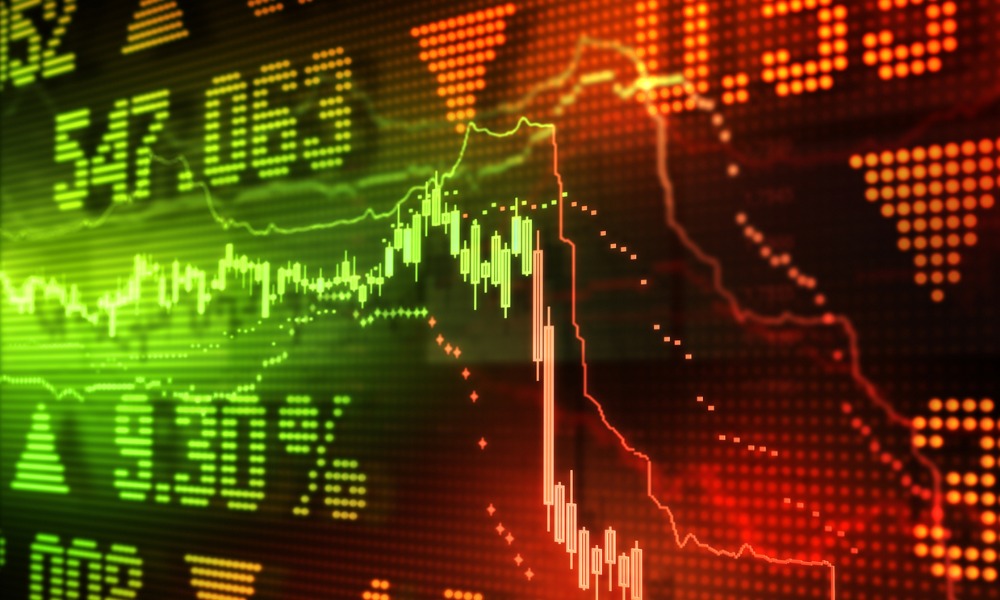Portfolio manager doesn’t downplay risk but tells WP that analysis can identify firms that will survive major downturn

In this wild volatile market ride, everyone is looking for an edge; a strategy that can help them emerge from the COVID-19 crisis is decent shape. Few investment areas, however, are immune from the devastating economic effects of this virus as it seeps into more and more countries.
It's a scenario acknowledge by Don Walker, portfolio manager at PenderFund Capital Management, who was previously a fund analyst during the 2008-09 financial crisis. He told WP Saudi Arabia's oil price decision was reminiscent of the moment the Lehman Brothers news hit 12 years ago. Since last Monday, markets have taken a beating as wild swings cause panic among investors. These have not been helped, Walker added, by a sense of complacency about the coronavirus in the lead-up.
As manager of the Pender Small/Mid Cap Dividend Fund, Walker said he believes small caps are actually an “OK place to be” right now while keen not to downplay the risks and acknowledging they are currently as shaky as any other part of the market.
But as we enter bear and recessionary territory, he also believes stock picking gets more important. And with the fund holding around 30 companies, he said that having someone able to analyse and select firms that can persevere, with the balance sheets to weather the storm, is where active management can really add value.
He said: “We call these mini blue-chip type companies in your portfolio - they do what they do and do it really, really well. [The small cap space] is just not as efficient as the large-cap conglomerate space, and there are less people looking at it despite getting a similar dividend.”
He added: “What we're trying to do here is really high- grade our portfolios and make sure we own really good companies. So, when we get to the other side of this volatile period, we're owning great companies because they are the ones that are going to come back first or ones that investors are going to be looking for.”
Walker said the fund would be ideal for a sleeve of a portfolio’s core. For example, if you can carve up a bit of S&P/TSX Composite exposure, he said investors get a similar dividend of around 3%.
The fund holds firms that range from $50 million to $5 billion. While easier to understand the risks with these companies, analysts have to roll up their sleeves more because there is not a lot of coverage compared to the big players. This enables Walker to see what contingency plans are being put in place and how supplies and staffing, for example, would be affected by something like a virus outbreak.
He said: “Small caps don’t have facilities in 18 different countries where it would be a lot more difficult to understand the kind of research they're doing. But with small caps, you can talk to managers and know the things they are doing.”
The flow of capital into large-cap, passive ETFs has reflected a desire for broad-based exposure and pure beta. At this point, exposure is the last thing you want, leading to an “indiscriminate” mass sell-off, which is no doubt contributing to the current plight of the markets.
Walker said that when large caps get shaky so do small caps; almost like a psychological ripple effect. However, intimate knowledge of the smaller firms provides a level of comfort. Walker explained: “Take K-Bro Linen Inc, for example. They do laundry and linen services for hospitals and hotels, and it's on contract. It's quite insulated and you don't have this broad-base supply chain and all these moving parts. It’s a little easier to understand what is going to be impacted, although you might not know the extent.
“You can make some scenario analysis on these types of companies and feel more comfortable holding through [the COVID-19 crisis].”



